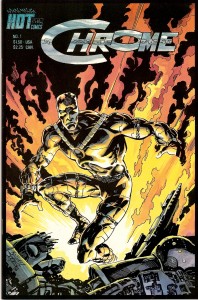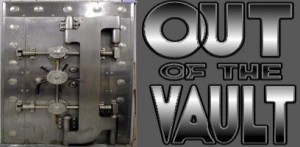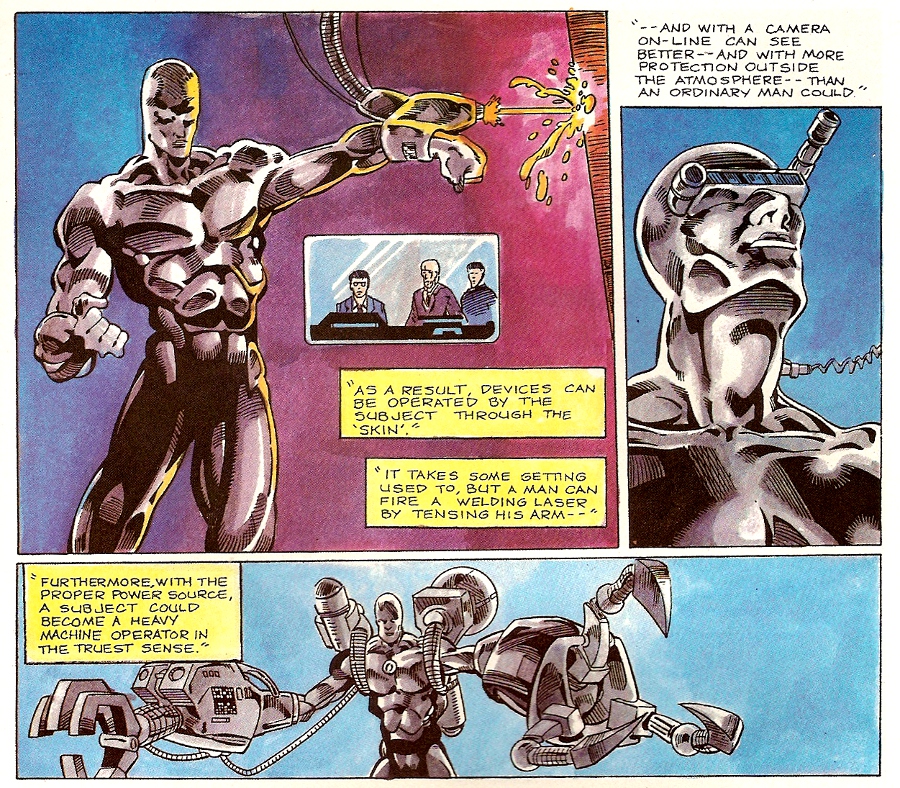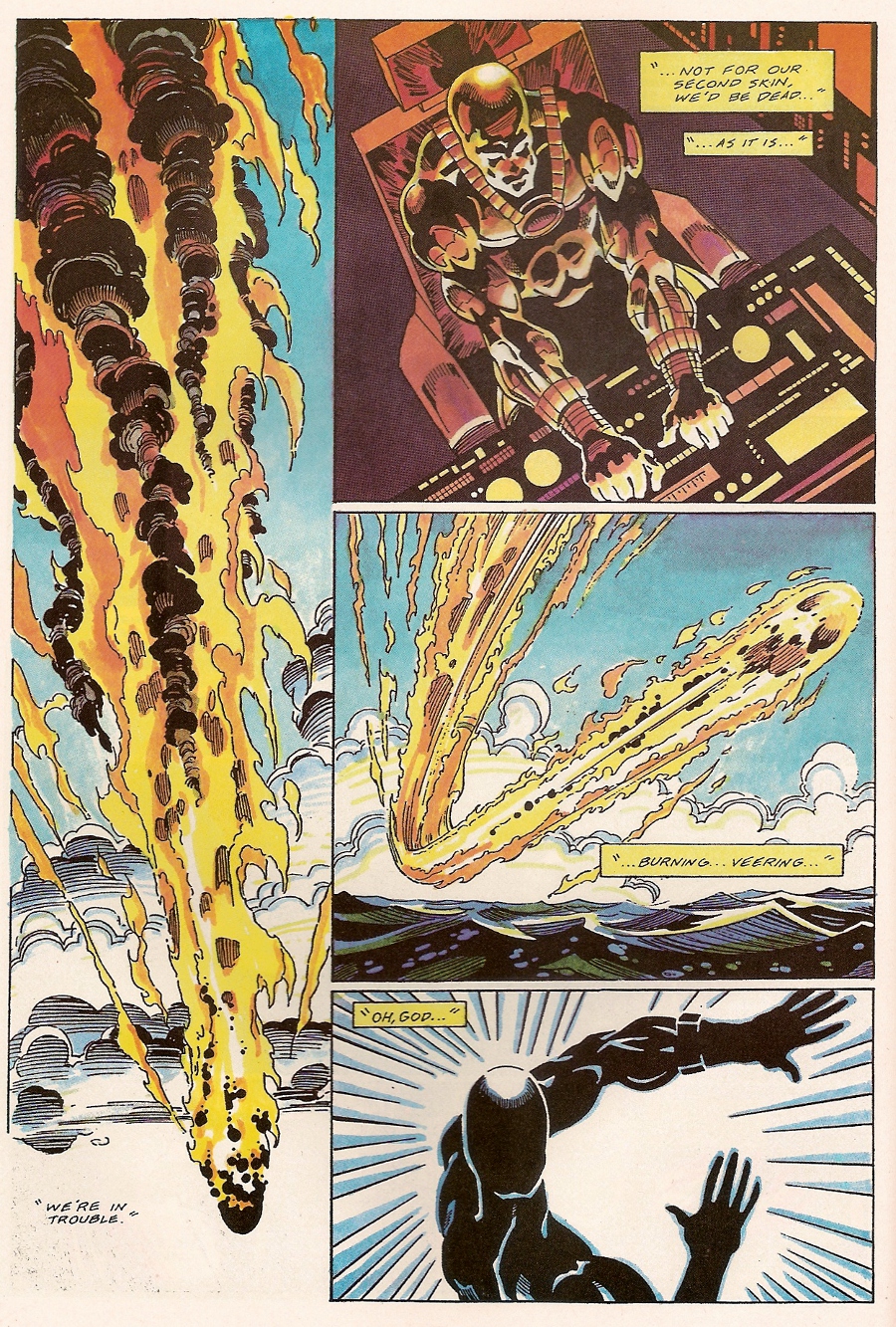 As I’ve said many times, the 80’s was a seminal time in American comics, both in terms of the revitalization of the major publishers and in the rise of the many independent publishers who tried to broaden the medium. One of those independent publishers was Hot Comics, which began publishing Chrome in 1986.
As I’ve said many times, the 80’s was a seminal time in American comics, both in terms of the revitalization of the major publishers and in the rise of the many independent publishers who tried to broaden the medium. One of those independent publishers was Hot Comics, which began publishing Chrome in 1986.
Chrome was written by Peter Gillis, who had previously written a comic called Shatter for First Comics, mainly notable for being created entirely on a Macintosh computer. Pencils were by Kelley Jones with inks and letters by Hot Comics art director Jim Nelson.
The inside front cover of the first issue features an editorial by Hot Comics publisher and editor-in-chief Joe Judt, which starts by contrasting the popularity of white bread with its lack of nutritional value. Judt then identifies the major comics companies with white bread (popular, but awful) and concludes with “Everyone says they are the best, we know we are.” A comma-spliced run-on sentence is not the best way to prove your claim to superior quality, just saying.
But nobody reads comics for the self-stroking editorials, so on to the adventure. Creighton Glenn is an astronaut, the only survivor of a joint US-Soviet space mission (yes, this comic was published back when there was a Soviet Union). Or is he?
You see, there were two astronauts sent on the mission, one American and one Russian. Both were fitted out with newly invented artificial skins developed to be the next generation in space suits.
The two men spent almost a year together on the space station and became best friends. But on the flight back home, disaster struck.
Rescue crews found only one survivor. His metal skin had fused to his body due to the intense heat, and he had lost his voice. He could only communicate through electronic devices via the cybernetic skin. Neither his retinas nor his fingerprints could be used for identification since the skin covered both, and the long stint of space travel had even altered height and weight enough to make identification impossible (no one ever brings up swabbing the inside of the mouth for DNA, probably because DNA fingerprinting was still brand new at the time the book was written).
In short, though Chrome says he is the American Glenn, nobody completely believes him, because the Russian would have ample reason to lie about his identity and would presumably know enough details about Glenn’s life after months on the space station with him to be convincing.
So Chrome busts out of U.S. custody to visit his American family, with both American forces and Russian spies in pursuit. In issue #2, he battles cybernetically-enhanced U.S. soldier Damage, only to end up having to escape from Russian custody aboard a Soviet airship in issue #3.
At the end of issue 3, we still didn’t know for sure if Chrome was the American or the Soviet, and by then it didn’t matter, because there never was an issue 4. Hot Comics folded, and rather than take the property to another small publisher as so many independent creators did in those days, Gillis went immediately to Marvel Comics to write Strikeforce Morituri. Kelley Jones moved to DC where he illustrated runs of Sandman and Batman.
Chrome was gone forever, and it was just as well. It had an intriguing premise and good moments, but overall, it lacked spark. I might not have hung on for issue four even if they had published one.






